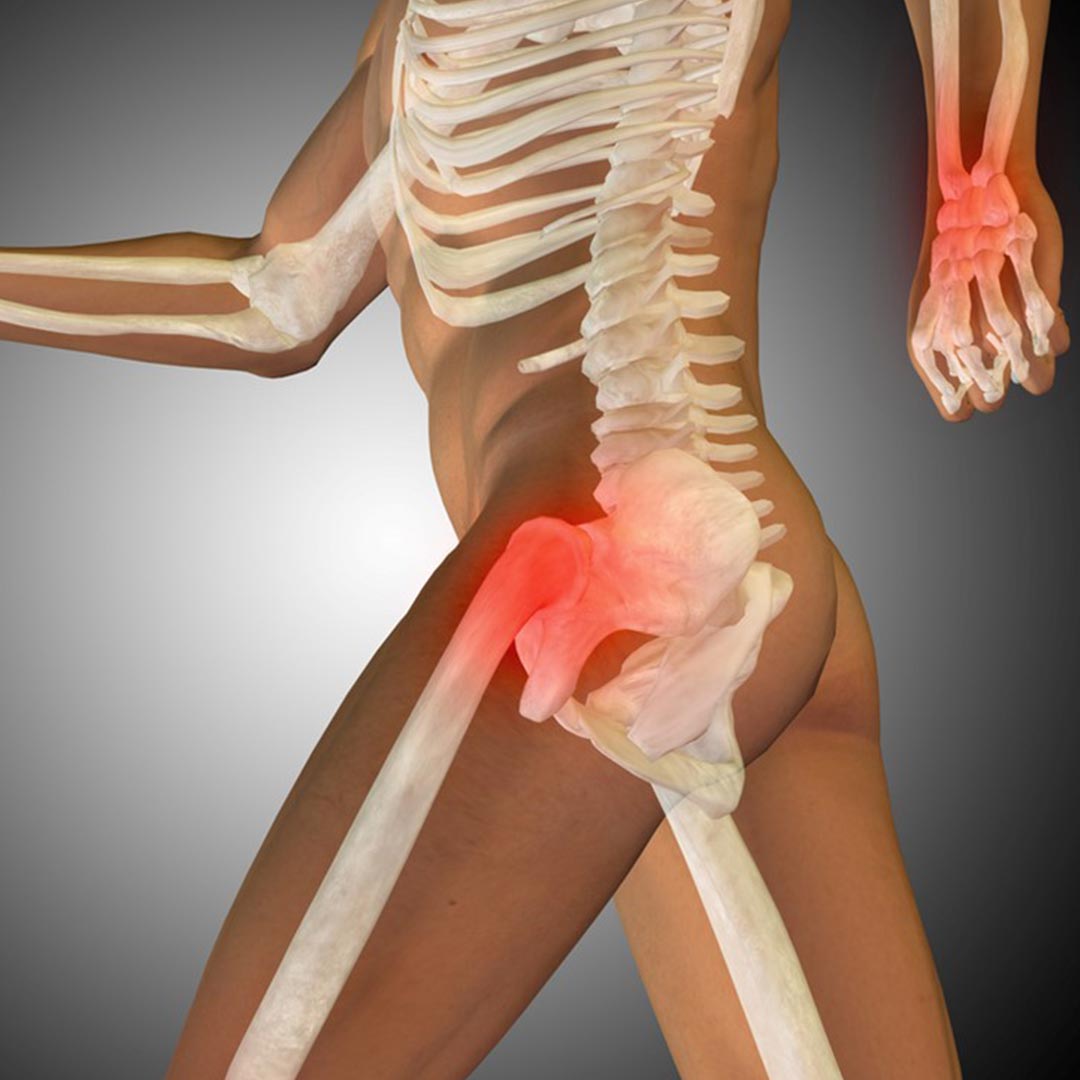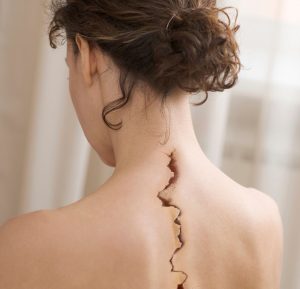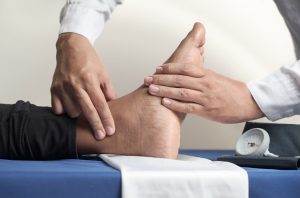Have you been experiencing pain at the side of your hip?
Common culprits for those that are runners and the middle-aged population are the tendons of what’s called the gluteal muscles. These muscles are responsible for the outwards, backwards and forwards movements of the hip, and stability of the pelvis and hip during movement.
There are three (3) gluteal muscles or ‘glutes’:
- Gluteus Minimus (deepest muscle)
- Gluteus Medius
- Gluteus Maximus (largest and most superficial)
Where the gluteus medius and minimus tendons wrap around the bony outer part of the hip and insert into the bone, are the areas most commonly associated with disease leading to pain in the outer hip.
Tendon Disease
To demonstrate what typically happens, let’s use the example of a middle-aged female that has taken up running with the intention of bettering her health… Due to poor running technique, the tendon becomes overloaded which, over weeks or months, leads on to major inflammation, and the runner can barely walk due to the pain.
Once the initial pain settles and movement resumes, our runner hits the road again but if the problems underlying the initial acute episode haven’t been corrected, then the problem will compound itself, the body will compensate, and further excessive load and compression are placed on the tendons and other surrounding structures.
This might go on for some time with the hip grumbling from time to time. Eventually, the changes that have occurred to the tendon tissue result in widespread degeneration and derangement of the tendon fibres and you are left with a tendon incapable of dealing with the high loads required to do something like running. If left untreated, the tendon eventually tears and leaves you with a very unhappy and less mobile hip.
H2: Side hip pain symptoms
The signs and symptoms of side hip pain include any or all of the following:
- Pain felt on the outside of your hip
- Pain that radiates down the thigh to the knee
- Pain that is worse before and after exercise
- Pain that improves initially with exercise (depending where on the disease process you are)
- Pain when lying on the affected side
- Difficulty walking up stairs or hills
- Difficulty standing on one leg (on the affected side)
H2: Side hip pain treatment
First steps to give you some relief will be to temporarily cease the activity that is aggravating your hip, as this will help to de-load the injured tendon… and call the Body@Boronia osteo clinic on 03 9762 9445 for a chat and to book in, before you know it you will be in the hands of experienced and expert osteo care to guide you through your recovery journey.
We will assess your movement from top to bottom and work out where the root cause of your problem is. This is what osteopaths are great at doing. We look beyond the pain, take a picture of your whole life (occupation, hobbies, family life, etc…) and work out all of the contributing factors, so we can put a comprehensive plan in place to rid you of your problem forever.
For a gluteal tendon problem to occur in the first place, there will likely be mechanical issues to correct in the spine and/or lower limb (from the foot up). We do this with a combination of:
- Hands-on therapy to soothe your pain and improve muscle and joint health
- Re-training of poor movements into more efficient movements
- Strengthening exercises for the muscles / tendons
- Alterations to your daily life which may be contributing to your issue (i.e. increasing particular activities, decreasing aggravating activities, changing a work posture)
Over time, treatment will aim to progressively strengthen the gluteal tendons, so they are capable of withstanding greater loads again. Combined with correction of poor, inefficient movements, this will also decrease the compressive forces acting on the tissues in and around the hip, leaving you with greater strength and more flexibility.
We will be with you every step of the way. A gluteal tendinopathy doesn’t mean you have to give up running or learn to live with pain. We work with you to help identify and resolve issues, with the goal of getting you back to your pre-injury state… with a little extra in the tank so you’re not back with us for the same issue within two months.
Side hip pain, was it? No problem. For a consultation and treatment call us today!
References
1. Brukner, P. et al. 2017. Clinical sports medicine. 5th ed. Australia: McGraw Hill Education.







